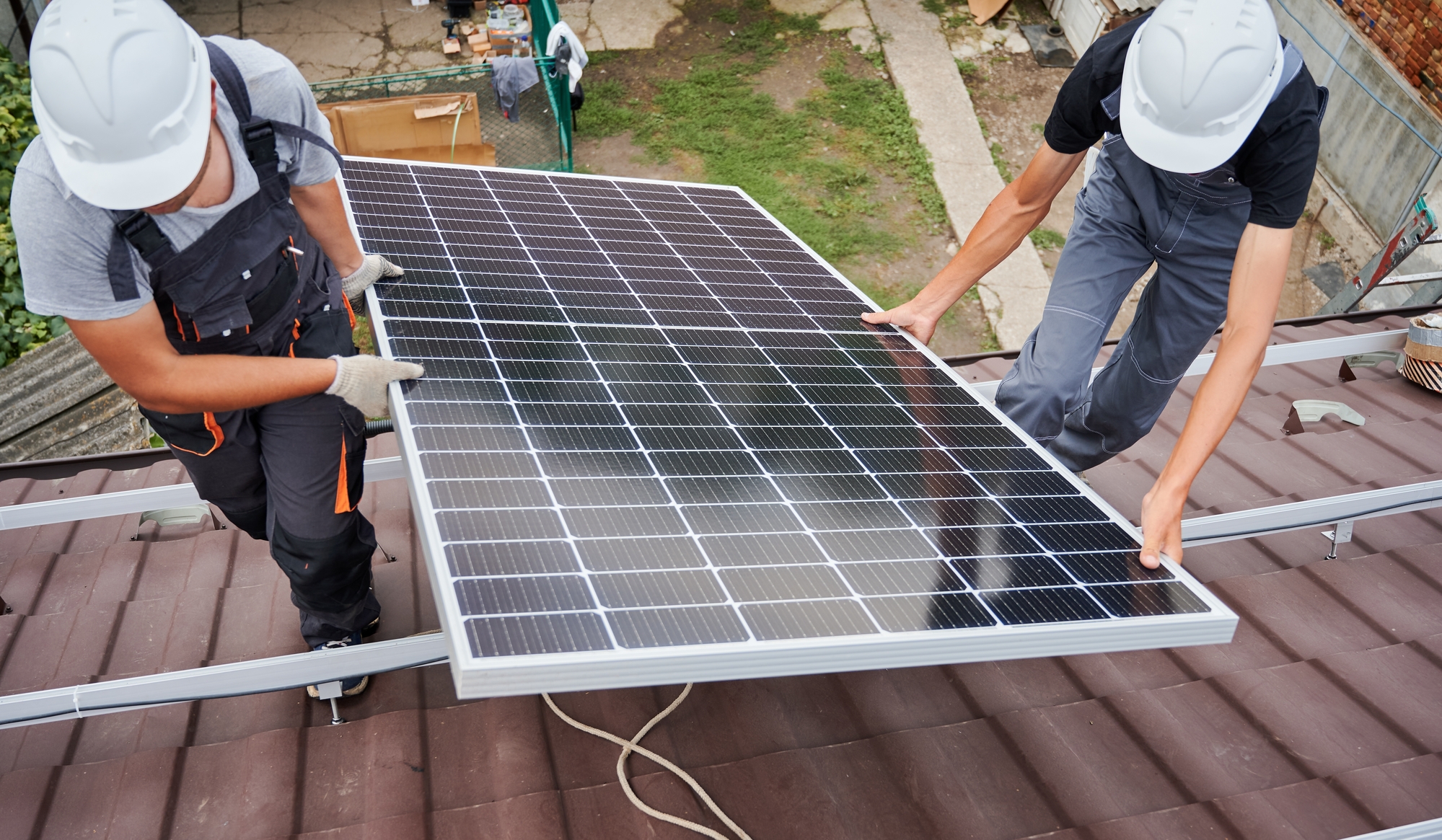Photovoltaics are currently experiencing rock-bottom prices. Demand is weakening and competition is fierce, driving prices down to an extremely low threshold.
The solar energy market is experiencing a period of great upheaval. Between 2010 and 2015, solar really exploded, with growth in the adoption of this energy mode in many countries: Germany, United States, Australia and many other European countries. Since 2010, it is estimated that the overall cost of solar panels has fallen by 80%! Several factors contributed to this decline: a larger scale of production, greater funding from states and improved manufacturing processes. Today, China leads the world in the production of photovoltaic cells, and prices are still falling drastically.
Declining demand and heightened competition
There is no shortage of solar initiatives: mega solar power plant in Spain or cars with retractable solar panels, competition between the different players is enormous and leads to a staggering drop in prices. For example, modules like Mono PERC or TOPCon have seen their prices collapse. 0.151 dollars/W for the first and 0.157 dollars/W for the second (see graph below).
On the other hand, stocks are clearly overabundant in Europe and the logistical headache for suppliers is hellish to manage. The situation, already critical, is accentuated, because developers of solar solutions are waiting to invest, and they are still anticipating a drop in prices. Certain regions where sales (or even rental) of solar panels are very dynamic (Latin America, or South-East Asia for example) are also seeing demand fall.
A market with an uncertain future
Even if the price of modules is currently at its lowest, this is not the case for all components. The price of sodium carbonate, for example (an essential element for the design of photovoltaic glass) is skyrocketing. Ethylene vinyl acetate (EVA) is also affected. It is used in particular to encapsulate and seal solar cells and to protect them from external stresses. These two components have seen their prices increase sharply in recent months.
If some observers predict a rise in prices in the short term, the opposite could also happen. If the solar industry enters a phase of overcapacity (a situation where production exceeds demand), companies could be forced to reduce their prices to sell excess stock.
The current situation experienced by the solar market in China is the perfect illustration of the complexity represented by this energy sector. Depending on a large number of different components, the evolution of the price of these can very well tip the scales in the good or bad direction. What is certain is that the sector is currently at an important turning point.
Source : PV Magazine

7